Hello,
The tomato seeds have sprouted in the terra cotta pot on my kitchen counter, and the garlic I planted in October seems to be intact. Over the weekend, we picked up some local honey at a self-service roadside stand and Vidalia onions and a pot of crocuses at Phillips Farms. I have planted milkweed for the monarch butterfly and began considering what I could do for our local bee population.
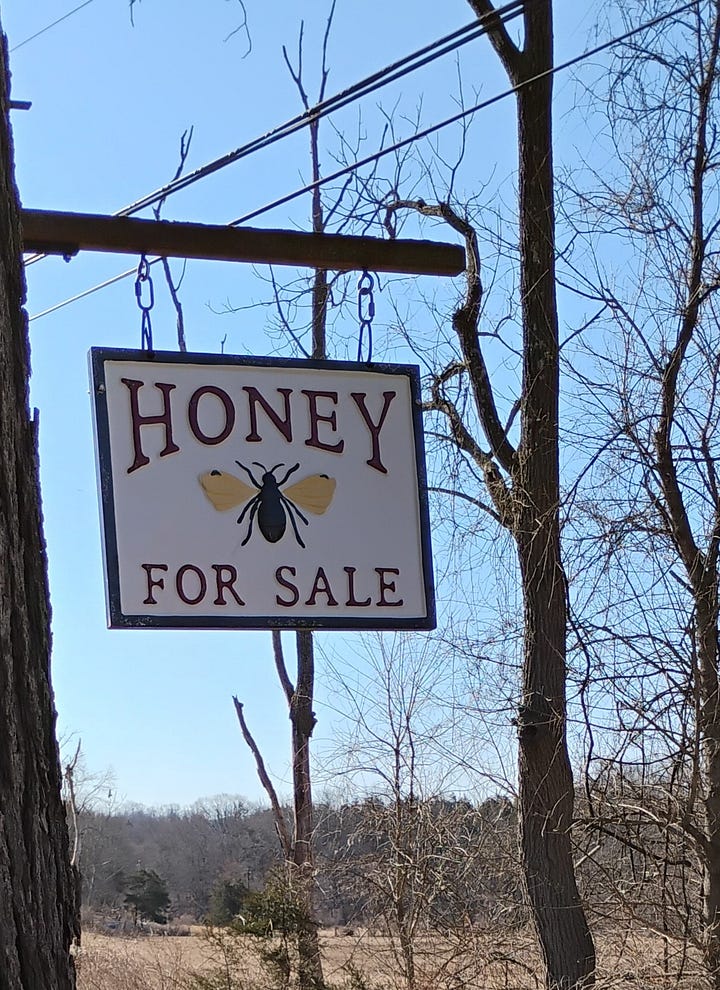
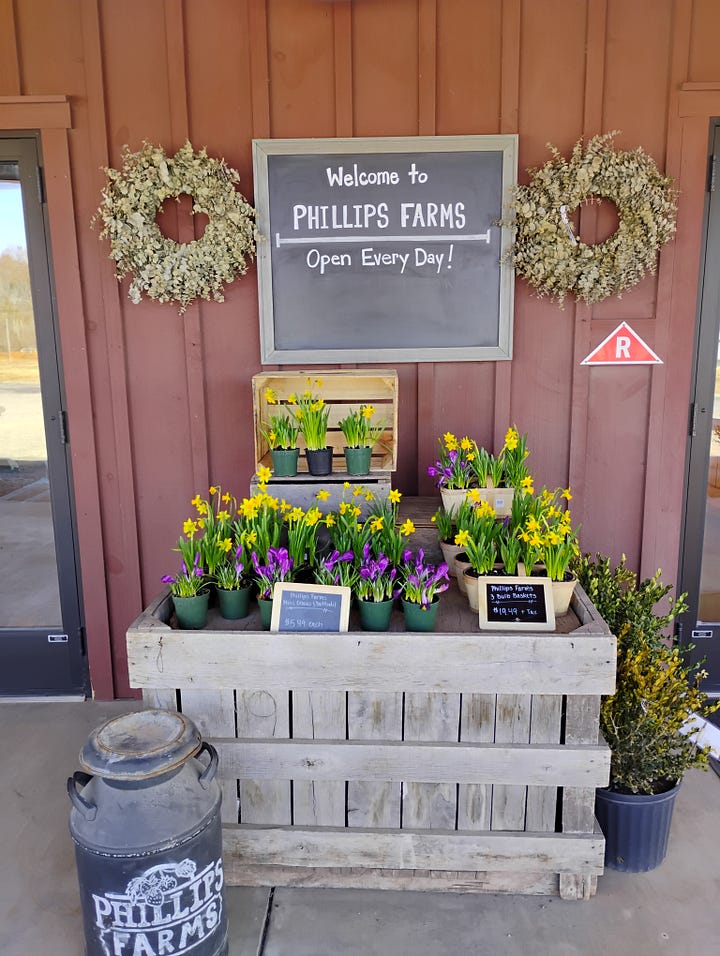
Bees, symbols of hard work, diligence, community, and fertility, have flourished for fifty million years. They are responsible for pollinating flowers, trees, and food crops worldwide. Since much of our food depends on bees for pollination, human survival depends on this species. We have been hearing for the past several years how colonies of commercial honeybees that travel between farms to pollinate crops have been dying at an alarming rate due to parasites, viral and bacterial diseases, pesticides, and herbicides. Bumblebees, like honeybees, live in colonies, but many species are solitary, and these are also excellent pollinators that you may want to attract to your garden. My state of New Jersey is home to 350 species of bees! Providing a long season of nectar and pollen-rich flowers for bees to feed on is something we can do to help native populations. Some bees may come out early looking for much-needed pollen and nectar sources from spring bulbs such as narcissus and crocuses. Foxglove, snapdragons, and calendula are midsummer favorites. Some bees will continue foraging late into the season, perhaps looking for some goldenrod.
This notice appeared in the May 6, 1848, edition of The Home Journal:
I have several copies of The Home Journal from just after the Civil War, and one day, when I was tired of having information spoon-fed to me by AI, I decided to start reading them. They are rather fragile, and I risk having them disintegrate in my hands. The print must be engraved, as I can feel that the letters are raised. This notice ran alongside ads for Lord & Taylor, another entity that has disappeared in its original brick and mortar form. It was fortuitous that I discovered it while thinking about bees. I wish I could see the original stationery; I’m sure it would still seem fresh today. The only problem would be that very few of us write letters anymore.
A vinaigrette was a good use of my Vidalia onions and the honey. I made a salad last night with spinach, mixed baby greens, blueberries, dried cranberries, and toasted pecans. I tossed some green tops of the onions onto the salad.
Vidalia Onion and Honey Vinaigrette
Ingredients
3/4 c. and 1 T. olive oil
1/2 c. finely chopped Vidalia onions
1/4 c. apple cider vinegar
1 T. Dijon mustard
1 T. honey
1/2 t. salt
1/2 t. pepper
Directions
Sauteé the onions in 1 T. of the oil until they are carmelized. Pour in the vinegar to deglaze the pan. Pour onions and vinegar into a blender or food processor. Pulse. Add the other ingredients and blend. Use immediately or refrigerate.
What are your gardening plans?
Thanks for reading!
Vicki

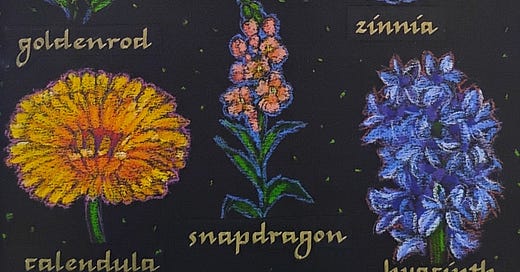



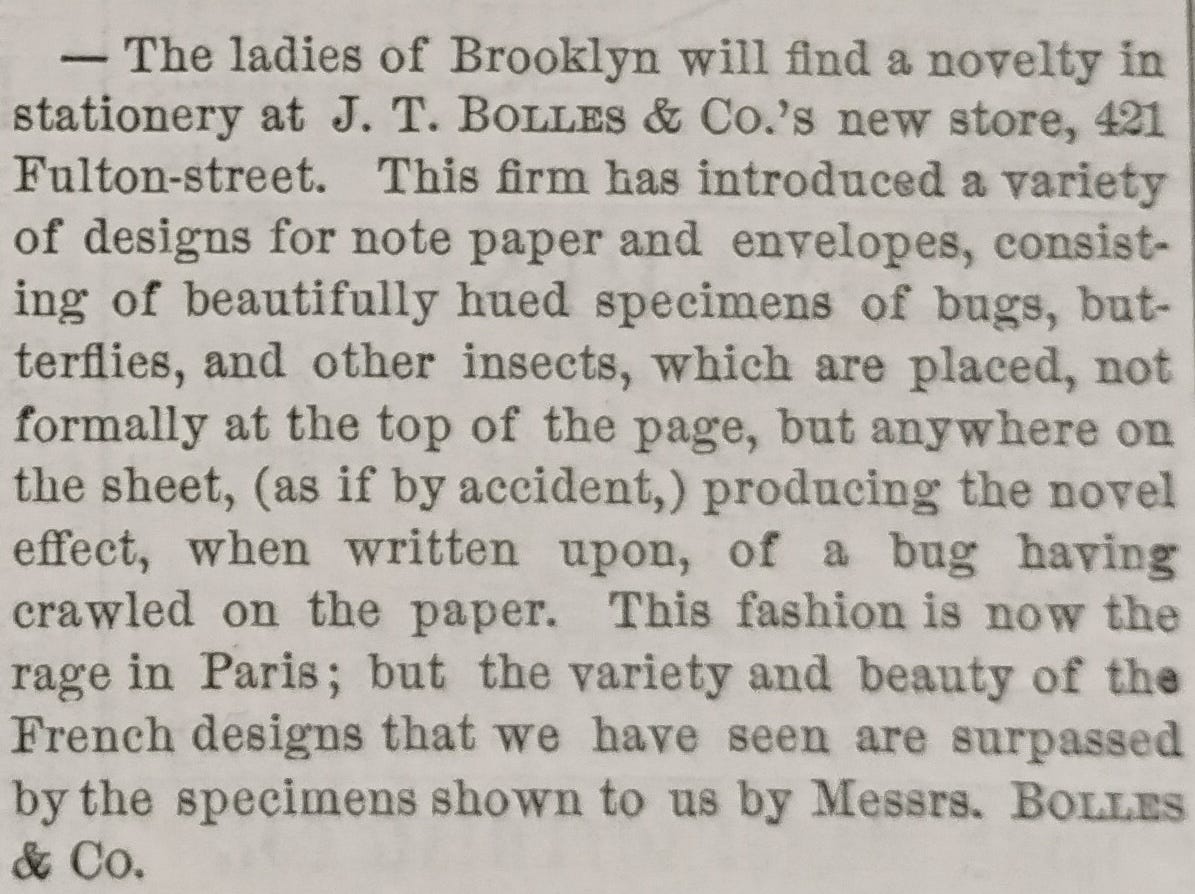
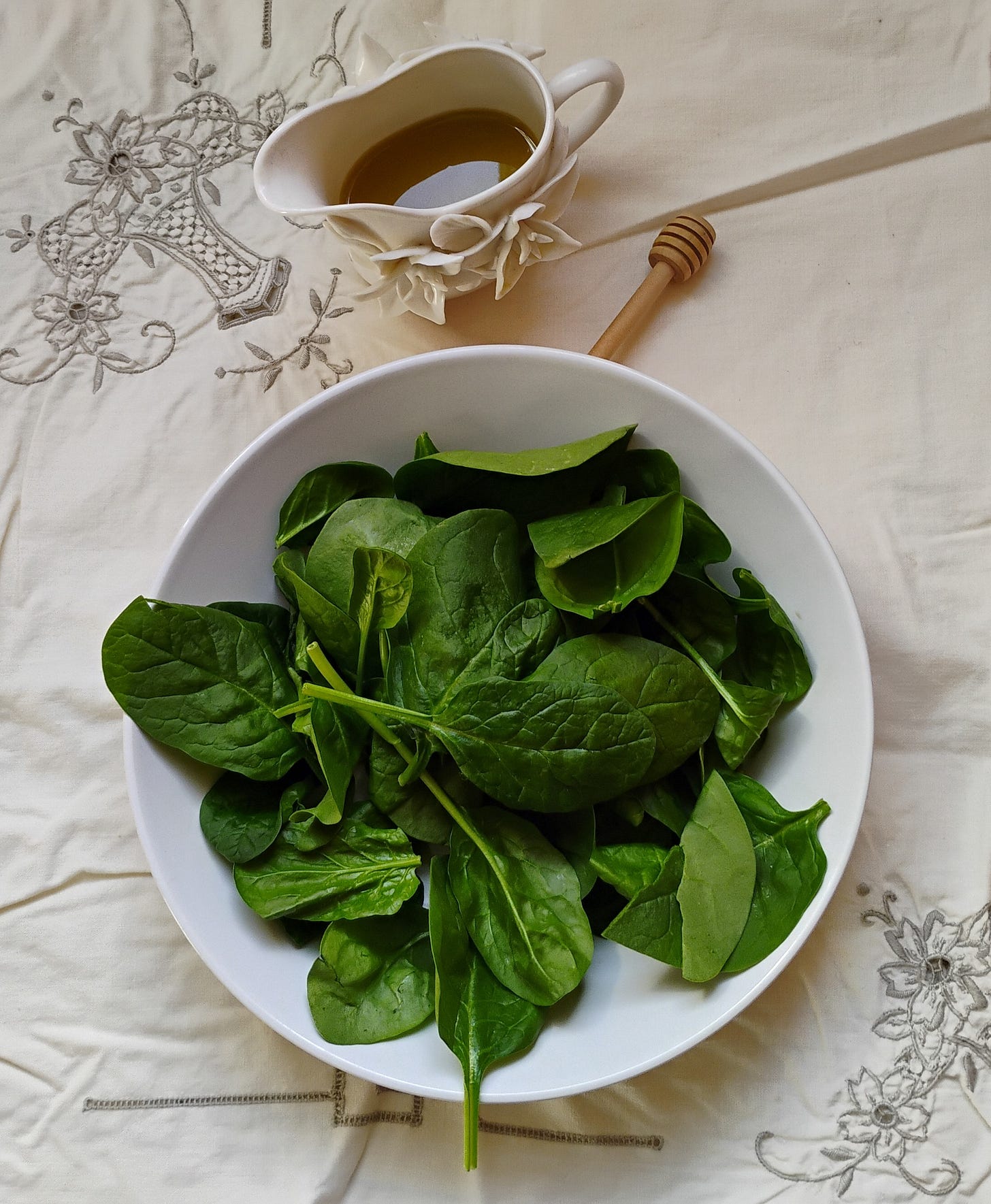
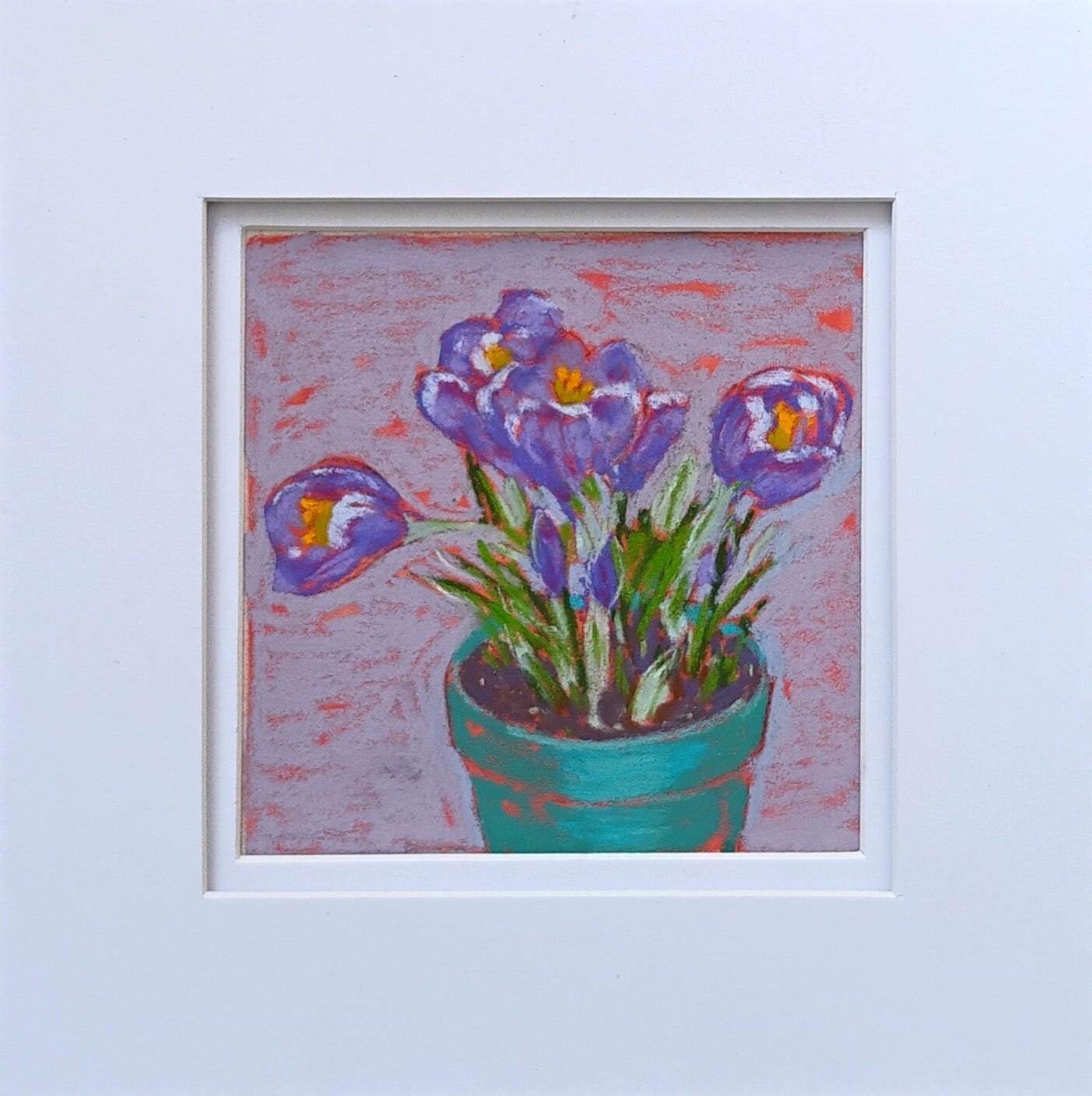
So inspired by your beautiful poster of flowers and your discussion of bees, their challenges and critical importance. I’m quite a hapless gardener despite living in the land of perpetual sunshine, but thinking of those bees made me want to try planting a few flowers and herbs in pots and in a brick planter in my front yard. The Vidalia onion and honey vinaigrette does sound wonderful. I too am in a rut when comes to dressing—and I do have a good store of honey! Thanks for another excellent post, Vicki!
Your story and your beautiful tulips me me excited about spring! And, your dressing checks all the boxes for the weird food allergy folks I'm cooking for this weekend, so thanks for that. You asked about gardening plans...I'm thinking about starting mesclun greens from seeds, inside. Thanks for the inspiration to do so!